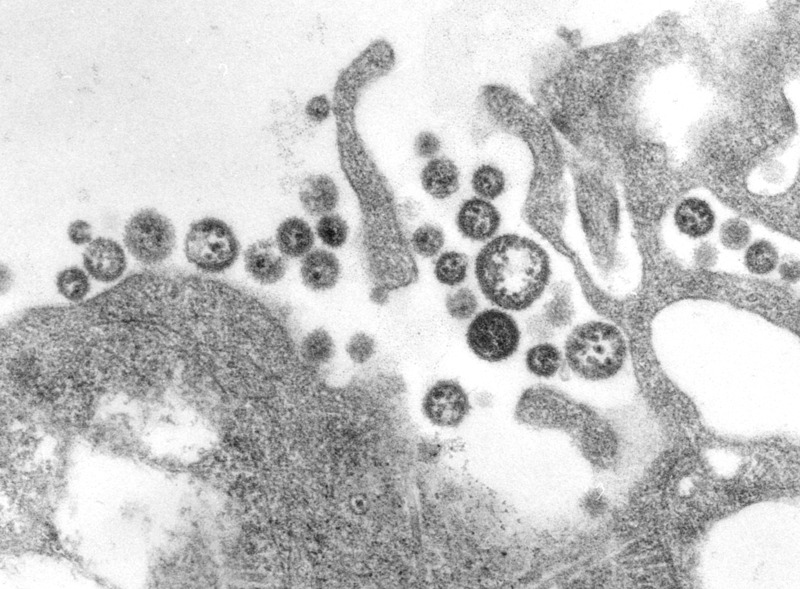In a follow-up on the Lassa fever outbreak in Benin, health officials put the outbreak case tally at 21, plus eight deaths since Jan. 8.

C. S. Goldsmith, P. Rollin, M. Bowen
The cases are reported from four departments: Alibori (2 cases, 1 death) Atacora (8 cases, 4 deaths), Borgou (7 cases and 2 deaths) and Collines (4 cases and 1 death). Of the 21 cases, five are classified as confirmed, two as probable, and 14 as suspected.
A total of 340 contacts have been identified in Benin, 132 in health facilities and 208 in the community. Two of these contacts developed symptoms and became suspected cases, 120 of these contacts are still being monitored in Benin, and no contacts have been lost from follow up.
A national rapid response team (RRT) has been deployed to affected communes to support the local teams.
Lassa fever outbreaks have occurred previously in Benin in 2014, 2016, and 2017 and occur nearly every year in some countries of the West African region. Lassa fever is endemic in bordering Nigeria and given the frequent population movements between Nigeria and Benin, the occurrence of additional cases is not unexpected. Strengthening of cross-border collaboration and information exchange between the two countries is therefore needed. Furthermore, infection prevention and control measures should be enhanced in health facilities to mitigate the risk of transmission to healthcare workers.
Lassa virus, a member of the virus family Arenaviridae, is a single-stranded RNA virus, and is zoonotic, or animal-borne that can be transmitted to humans. The illness, which occurs in West Africa, was discovered in 1969 when two missionary nurses died in Nigeria, West Africa.In areas of Africa where the disease is endemic (that is, constantly present), Lassa fever is a significant cause of morbidity and mortality. While Lassa fever is mild or has no observable symptoms in about 80% of people infected with the virus, the remaining 20% have a severe multisystem disease. Lassa fever is also associated with occasional epidemics, during which the case-fatality rate can reach 50%.
Visit myLABBox.com for easy, convenient and fast screening solutions for prevalent STDs, all in the privacy of your own home.
There are a number of ways in which the virus may be transmitted, or spread, to humans. The Mastomys rodents shed the virus in urine and droppings. Therefore, the virus can be transmitted through direct contact with these materials, through touching objects or eating food contaminated with these materials, or through cuts or sores. Because Mastomys rodents often live in and around homes and scavenge on human food remains or poorly stored food, transmission of this sort is common. Contact with the virus also may occur when a person inhales tiny particles in the air contaminated with rodent excretions. This is called aerosol or airborne transmission. Finally, because Mastomys rodents are sometimes consumed as a food source, infection may occur via direct contact when they are caught and prepared for food.
Related:


